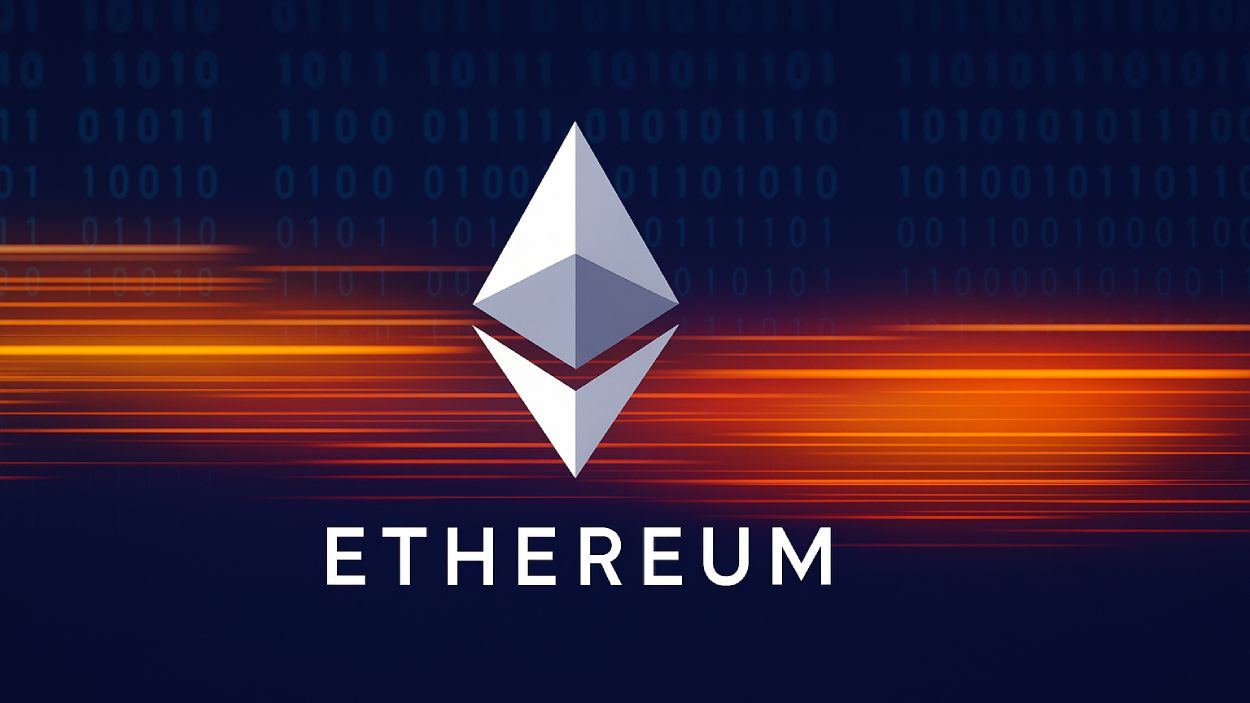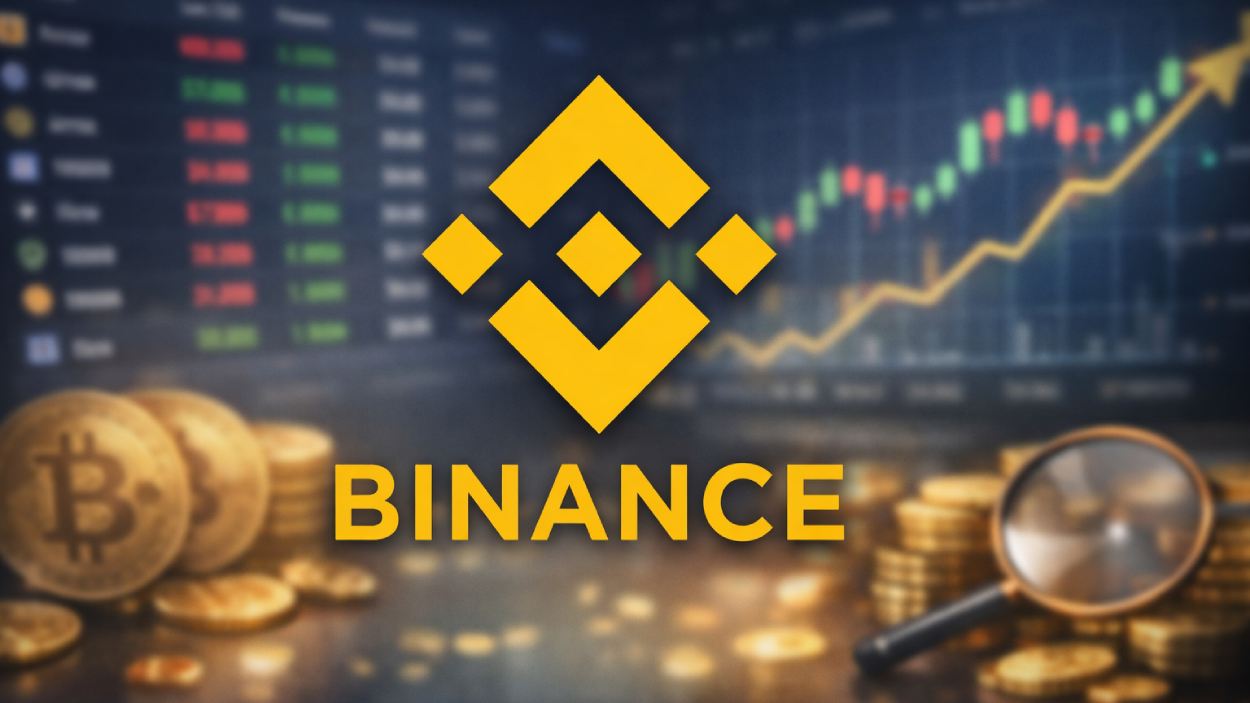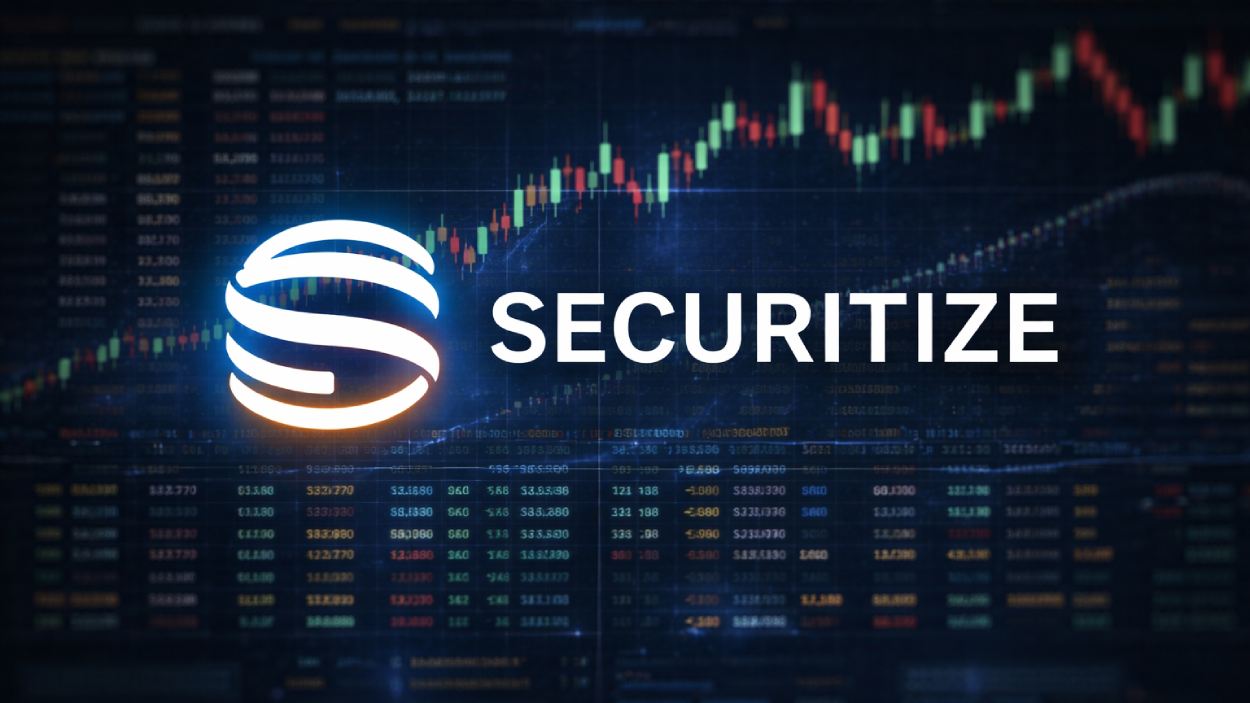Ethereum has officially increased its block gas limit from 45 million to 60 million, a move that marks a major step in Layer 1 scalability and comes just days before the anticipated Fusaka network upgrade.
Key Takeaways
- Ethereum’s block gas limit rose to 60 million on November 25, enabling more transactions per block and improving base-layer throughput.
- The increase was automatically enacted after over 513,000 validators signaled support, meeting Ethereum’s on-chain consensus threshold.
- Backed by advancements like EIP-7623, client optimizations, and successful testnet results, the network is prepared to handle higher loads.
- The upgrade coincides with the upcoming Fusaka hard fork, set to introduce PeerDAS and more robust scalability features.
What Happened?
Ethereum’s gas limit, which governs how much computational work fits into each block, has increased by 33 percent to 60 million. The change allows for higher transaction capacity on the base layer without compromising network stability. The update did not require a hard fork and was activated once over half the network’s validators signaled approval.
Just a year after the community started pushing for higher gas limits, Ethereum is now running with a 60M block gas limit.
— Toni Wahrstätter ⟠ (@nero_eth) November 26, 2025
That’s a 2× increase in a single year — and it’s only the beginning.
H/t to all client teams, the researchers involved, and to @nanexcool and @econoar for… pic.twitter.com/5JB8FoiACP
A Major Milestone in Ethereum’s Scaling Journey
Ethereum’s move to increase the gas limit reflects a growing consensus among developers, validators, and the broader community to tackle Layer 1 congestion. This shift has been in the works since early 2024, when developers Eric Connor and Mariano Conti launched the Pump The Gas initiative. The campaign encouraged validators and stakeholders to support a higher gas limit, aimed at easing transaction costs and improving overall network efficiency.
More than 513,000 validators participated, and by late November, the network automatically transitioned to the higher limit.
Why the Network Can Handle It Now?
Three technical advances made the gas limit increase both possible and safe:
- EIP-7623: Introduces protocol-level block size safeguards that prevent oversized blocks, ensuring stability even at higher throughput.
- Client Optimizations: Improvements across Ethereum node software reduce block propagation delays, making higher loads more manageable.
- Successful Testnet Runs: Extensive testing on multiple testnets showed stable performance, boosting confidence in the mainnet rollout.
According to Ethereum Foundation researcher Toni Wahrstätter, the update represents a doubling of capacity over the past year and signals the start of broader execution layer improvements.
Fusaka Upgrade and Future Scaling Plans
The gas limit bump arrives just ahead of the Fusaka hard fork, scheduled for December 3. Fusaka will introduce PeerDAS, a data availability sampling redesign considered critical for scaling rollups. Additional updates include client improvements, consensus tuning, and security enhancements.
Ethereum co-founder Vitalik Buterin weighed in, saying the network will likely see continued growth, but in a more targeted way. He suggested pairing future gas limit increases with higher costs for inefficient operations, such as complex contract calls or precompiles. This strategy would allow Ethereum to expand safely while maintaining performance.
Expect continued growth but more targeted / less uniform growth for next year.
— vitalik.eth (@VitalikButerin) November 26, 2025
eg. one possible future is: 5x gas limit increase together with 5x gas cost increase for operations that are relatively inefficient to process
Potential targets for such increases (my current view):… https://t.co/FkiTxJnEAq
CoinLaw’s Takeaway
In my experience watching Ethereum’s evolution, this gas limit jump is one of those quiet but pivotal changes. It didn’t come with fireworks, yet it lays serious groundwork for the future. What stands out most is how smoothly it happened. A year ago, this was a rallying cry from developers and DeFi users. Now it’s real, and it happened through consensus, not disruption. With Fusaka on the horizon and PeerDAS ready to reshape data throughput, I see Ethereum doubling down on scalability the right way: carefully, collaboratively, and with an eye on the long game.

























































